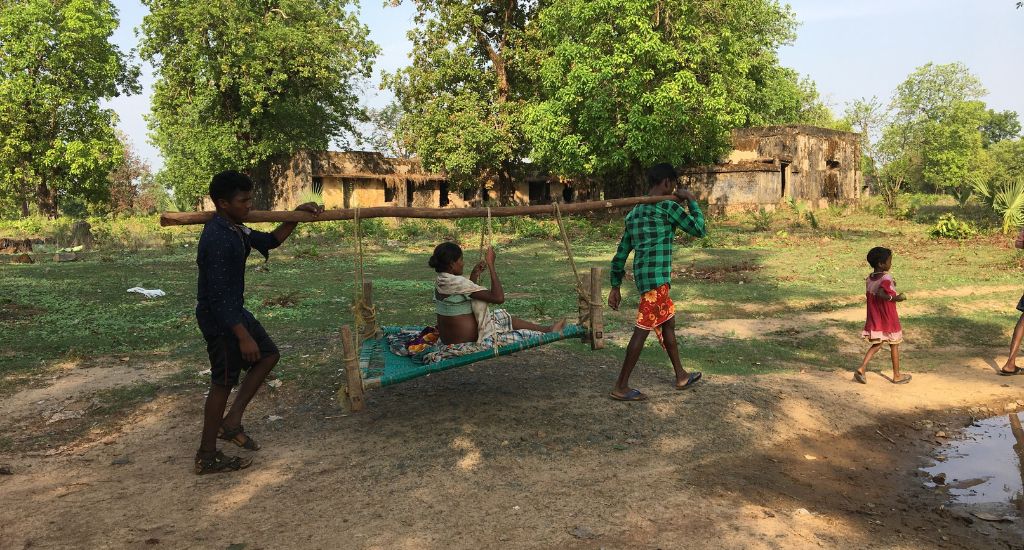The sun was just coming up. We were headed for Poro Gumodi and Bade Hidma, villages located in the hills bordering Sukma and Dantewada districts of the Bastar region. Arduous to reach, it had been more than a decade since the health team had visited these villages in India’s Red Corridor known for its left-wing extremism.
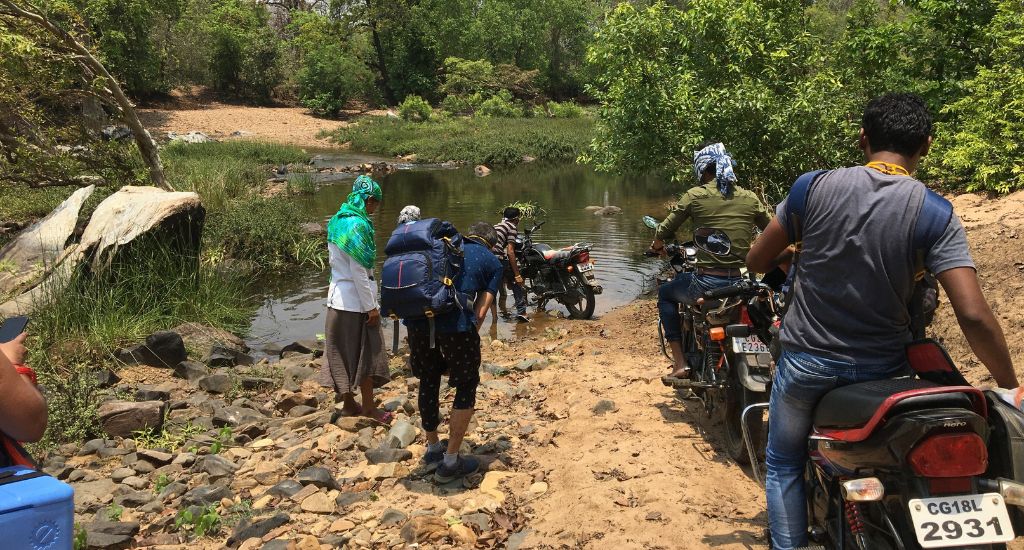
At Jagargunda village, the sight of a woman with a swollen belly being carried by two men on a makeshift cot greeted us. She had suffered an infection due to ignorance about postpartum care. Carrying her, the men had walked for 25 km from Jonaguda village. This gave me a fair idea of the healthcare situation in the village.
As an aspirational district fellow, I wondered if the healthcare services could be restored in these villages.
Villages caught in the crossfire
The primary health centre (PHC) in Jagargunda still functions in a two-room building, situated in a security camp. Jagargunda in the middle of the forests was a flourishing merchant town once, connecting the three districts of Sukma, Bijapur and Dantewada. But a decade ago the Naxalites and the Salwa Judum militia of tribal youth deployed as a counterinsurgency force by the Chhattisgarh government destroyed the village and isolated it from all sides.
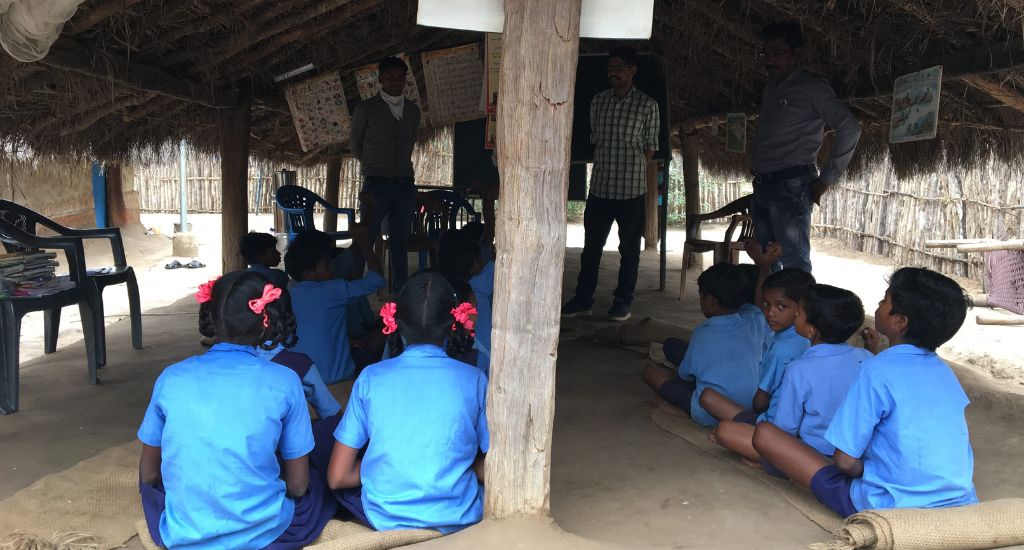
The Konta administrative block of Sukma was majorly affected by the Salwa Judum initiative. Thousands of villagers – caught between the Naxalites and the Salwa Judum members – fled their homes in the forests and took shelter in camps set up by the state’s armed forces. One such camp is in Jagargunda, barricaded on all four sides. Naxals went on to destroy the roads connecting Jagargunda to the outside world, allegedly to stop arms supply to Judum members.
Lack of access to healthcare
Our journey on this route in a government vehicle was a one-and-a-half-hour roller coaster ride. Travel time would have been considerably longer in a different vehicle, as civilian movement is strictly monitored. Every checkpoint requires registration, a procedure mandated by the forces to maintain a record of all travellers.
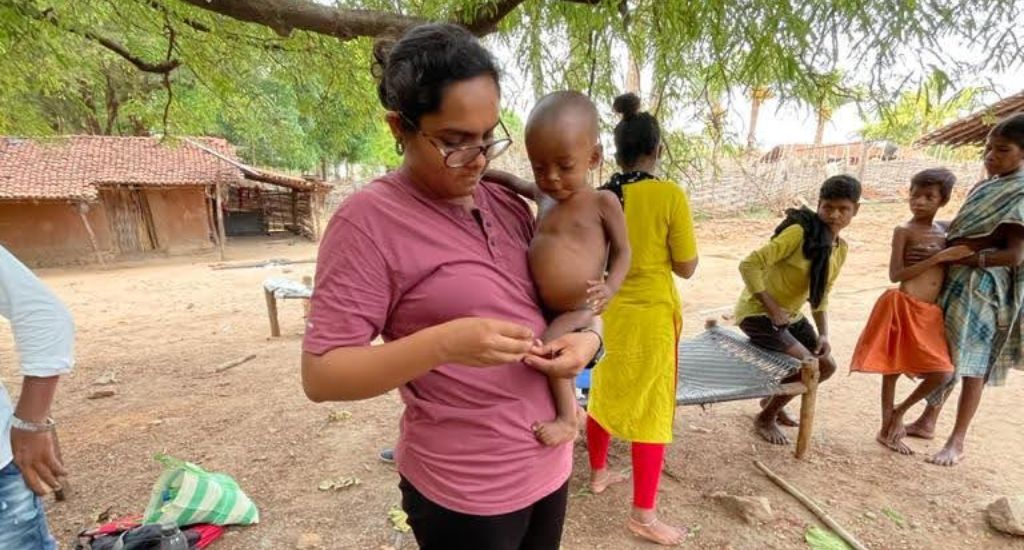
During our year-long aspirational district fellowship in Sukma, my co-fellow Gokul and I were likely the only unarmed administrative personnel traversing this road. We journeyed to the district’s remotest corners to experience the impact of Salwa Judum, and analyse public health, nutrition and education.
Maternal deaths and malnourished children were tragically common. Many medical professionals were targeted or intimidated, leading to a shortage of trained personnel willing to work in the region. Health centres had been closed, leading to worsened health outcomes and a significant humanitarian crisis.
Collaboration with local team
We collaborated with Dr Kapil Dev Kashyap, the block medical officer (BMO) of Konta. Dr Kapil, as I call him, epitomised dedication and ventured into the block’s most dangerous villages along with his field teams. Frequent field visits by Gokul and me fuelled his enthusiasm further.
With his invaluable help, we mapped 12 sub health centres (SHCs) that didn’t have their own buildings. Ten of them didn’t even have staff due to their perceived inaccessibility (no roads), danger and pragmatic insignificance. Serving 5-6 villages each, some SHCs saw a medical staff only during the annual government immunisation camps. These facilities, meant to be the bedrock of rural healthcare, existed only on paper – thanks to the conflict.
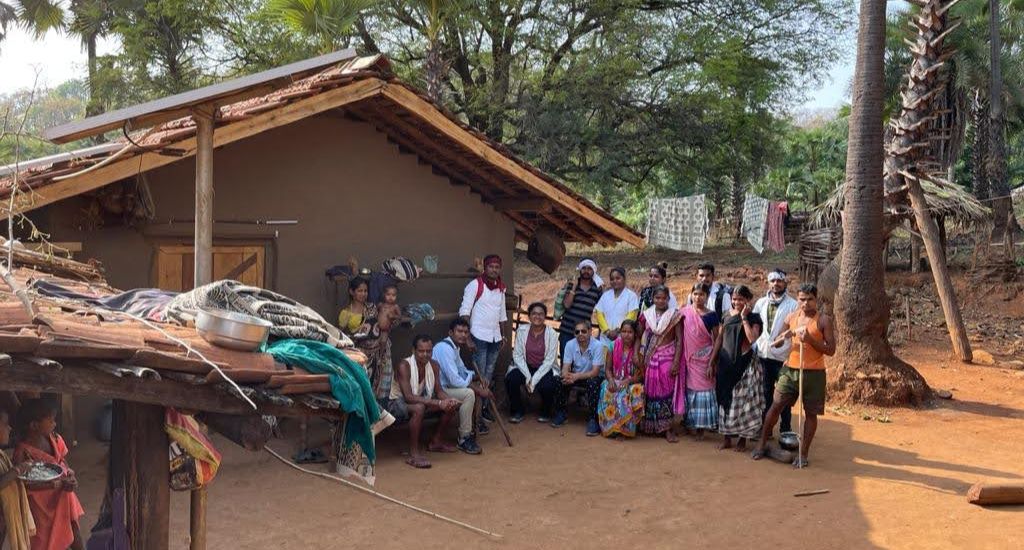
We leveraged technology to geo-tag locations, conduct focus group discussions (FGDs), and to collect and process data. We created impactful visualisations that painted a clear picture of the state of these facilities, and presented them to the district collector.
Our relentless advocacy and involvement in the HR allotment process resulted in staffing 10 sub-centres and reviving health services in 50 villages severely affected by left-wing extremism after a gap of more than 13 years.
Healthcare services in the Red Corridor
With the newly arrived team members, we were now on a mission to leave no village without regular outreach services. After all, the 10 SHCs had staff for the first time. On motorbikes and scooters, we rode on a road that did not exist. Two of the team members had done a recce of the villages of Jonaguda and Tekalguda as it was the first time they were venturing into these areas. They tried to connect with the locals by conversing in Gondi, to gain their trust and support.
After trudging along a kachcha mud road through a forest, crossing a rivulet and walking through fields and bunds without mobile network, GPS or any sign of the modern world, we reached Jonaguda, near Tarrem. Hundreds of villagers had gathered at the community pond for the fishing festival. We were met with mixed reactions of suspicion, expectation and warmth. There was doubt but relief that finally the health department had made its way to the once-ignored villages.
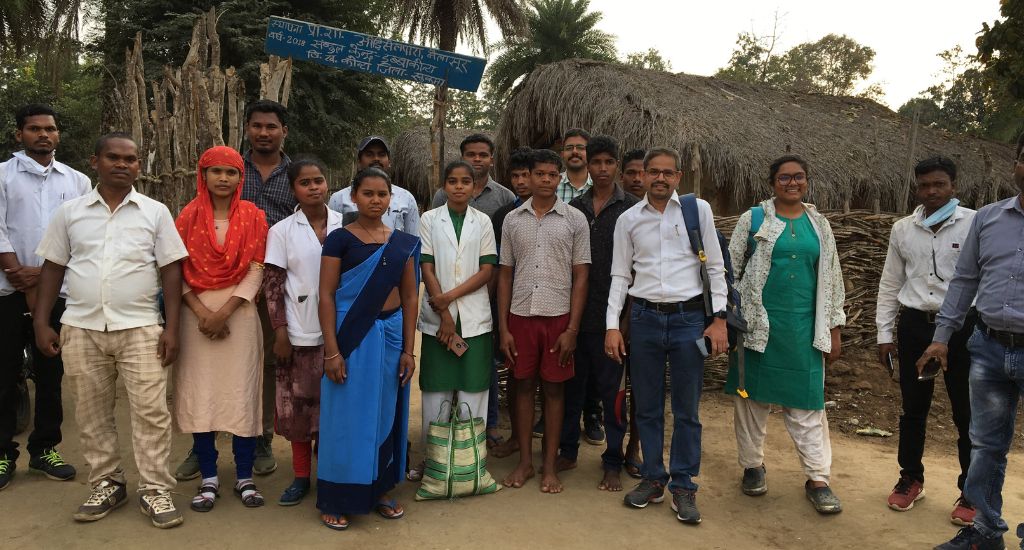
I recalled the fateful news article of 4 April 2021, when 22 jawans were martyred, and 31 injured in a deadly encounter on the Sukma-Bijapur border. I was no longer just reading it in the newspapers but standing in one such village.
It was in this village that we saw the woman with the postpartum infection. She required tertiary care and the field team wasn’t equipped to treat her. Her survival was left at the mercy of fate. That night, I slept realising the challenges lying ahead in reaching and aiding remote communities.
But the dawn brought a new day. The woman on the cot was a ray of hope. A journey marked by a lengthy seven-hour walk, punctuated by a night’s halt in a village along the path. It was a poignant testament to the villagers’ desperate need for medical care. It spoke volumes of resilience amidst suffering and violence, resonating the restoration of trust in the system and staff that they had just met a day before.
A year later, I learnt that the buildings for many of the 14 SHCs were sanctioned through the central government’s fund and construction had begun.
The lead image on top shows a woman being carried on a makeshift cot to seek medical care in Chhattisgarh. (Photo by Siona Correia)
Siona Correia is a development practitioner who worked as an aspirational district fellow in Chhattisgarh.

